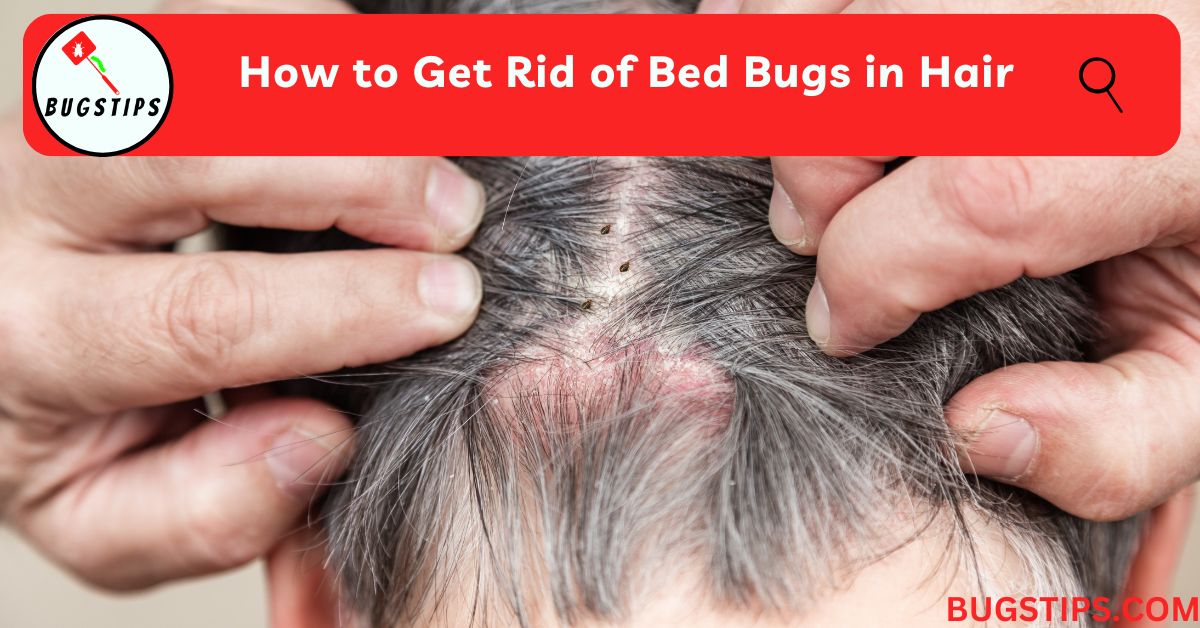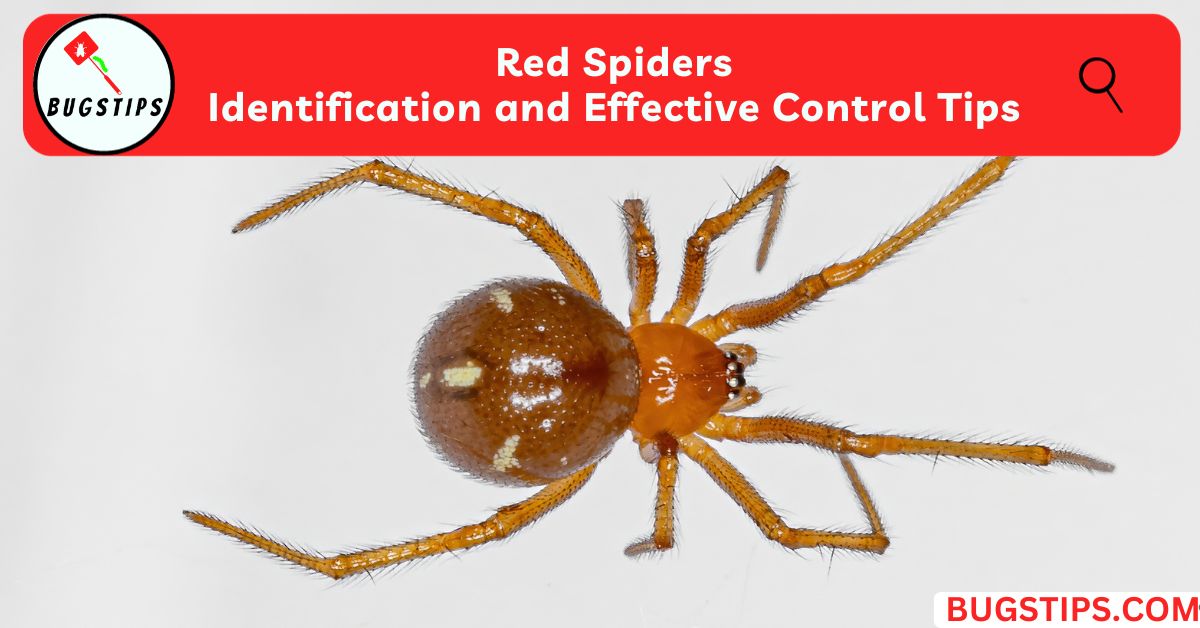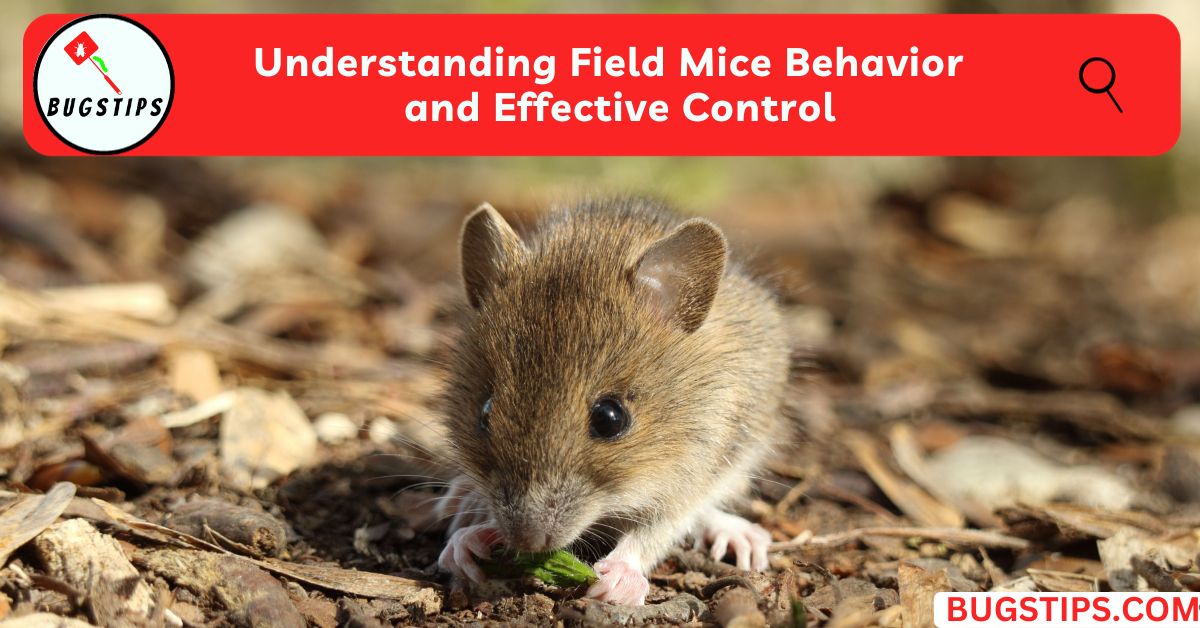This post may contain affiliate links which means as an Amazon Associate, this site may earn a small commission on qualified purchases made through links at no extra cost to you. Learn more on Affiliate Disclosure
Mosquitoes are not just a nuisance, but can also spread diseases. This is why many people are always looking for ways to keep them away.
One creature that often comes up in discussions about mosquito control is the mosquito eater. But what exactly are mosquito eaters? Do they eat mosquitoes, as their name suggests?
In this article, we will debunk the myths surrounding mosquito eaters and learn more about these fascinating insects. So, if you’re curious about Mosquito Eaters, keep reading!
Debunking the Myth: Mosquito Eaters
What Are Mosquito Eaters?
When we hear the term “mosquito eaters,” we might envision a superhero-like insect that swoops in to save the day by devouring mosquitoes left and right.
However, the truth behind these so-called mosquito eaters, scientifically known as crane flies, or daddy longlegs (Mosquito Hawk) is fascinating insects that resemble oversized mosquitoes at first glance.
However, they belong to a completely different family of insects called Tipulidae.
Do Mosquito Eaters Eat Mosquitoes?
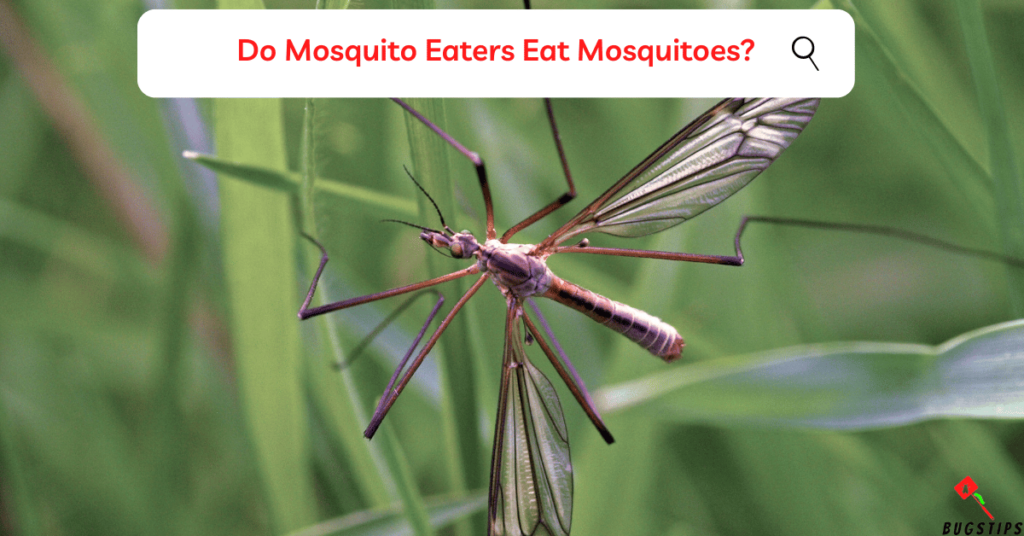
Contrary to popular belief, mosquito eaters do not actively feast on adult mosquitoes. They may occasionally encounter and consume mosquito larvae during their own larval stage, but adult mosquitoes are not a significant part of their diet.
This misconception likely stems from their name, which leads us to the next question.
Related Article – How to Get Rid of Crane Flies | 10 Proven Methods
Why Are They Called Mosquito Eaters Then?
The name “mosquito eaters” is a misnomer that has caused confusion over the years. The origin of this name can be attributed to their physical resemblance to mosquitoes, with their long, delicate legs and similar body shape.
However, it’s important to note that crane flies are distinct insects with their own unique characteristics and behaviors.
What Do Mosquito Eaters Actually Eat?
The primary diet of mosquito eaters, or crane flies, is quite different from what their name suggests.
These gentle insects mainly feed on nectar, pollen, and other plant-based materials.
Their long proboscis, or mouthpart, is specifically adapted for sipping nectar from flowers.
You’ll often find them gracefully hovering around blossoms, collecting the sweet nectar they rely on for sustenance.
So, rather than being voracious mosquito hunters, mosquito eaters have a taste for the floral delights of nature.
While the name "mosquito eaters" may create the impression that these insects are mosquito-devouring champions, the reality is that they primarily feed on nectar and play a different role in our ecosystem.
So Understanding their true nature and diet helps dispel the myth surrounding their mosquito-eating abilities.
Related Article – 10 Long Skinny Black Bugs in House
What Does a Mosquito Eater Look Like?
Mosquito eaters, (crane flies) have unique physical features that distinguish them from other insects. Let’s take a closer look at what makes these creatures visually interesting.
- Adult crane flies resemble big mosquitoes, with a narrow body and two long, slender wings.
- However, it’s important to note that they are not actual mosquitoes.
- They have six stilt-like legs that can be twice as long as their bodies.
- These elongated legs give them a graceful appearance and contribute to their unique mobility.
- Crane flies exhibit a wide range of variations in terms of wing pattern, color, and size.
- Typically, their wingspan falls within the range of 1.0 to 6.5 cm.
- However, certain species of crane flies can reach an impressive wingspan of up to 11 cm.
While they may share some superficial similarities with mosquitoes, their distinct features make them easily distinguishable from their bloodsucking counterparts.
The Fascinating Life Cycle of Mosquito Eaters
Mosquito eaters, or crane flies, go through a captivating life cycle that spans several stages. The life cycle of mosquito eaters is divided into four stages: eggs, larvae, pupae, and adults.
Eggs
- The life cycle of mosquito eaters begins with the deposition of eggs.
- Female crane flies lay their eggs in moist soil or near bodies of water, such as ponds or marshes.
- These eggs, resembling small grains of rice, are typically laid in clusters.
- The precise location of egg deposition depends on the species and environmental conditions.
Larvae (Leatherjackets)
- Once the eggs hatch, the larvae, often referred to as leatherjackets emerge.
- leatherjackets are cylindrical, worm-like creatures with tough outer skin.
- They possess well-developed mouthparts that allow them to feed on organic matter in their surroundings.
- These voracious eaters primarily consume decaying plant material, including roots, as well as algae and fungi.
- Leatherjackets are adapted to live in damp soil or aquatic environments.
- They thrive in areas with high moisture content, where they can find ample food sources.
- During their larval stage, they play an essential role in decomposing organic matter, contributing to nutrient cycling in the ecosystem.
Pupae
- After undergoing several molting stages as larvae, the leatherjackets enter the pupal stage.
- The pupae of mosquito eaters are encased within protective cocoons.
- During this stage, significant internal changes occur as the insect undergoes metamorphosis, transforming from a larva to an adult.
Adult Mosquito Eaters
- Once the transformation is complete, the adult mosquito eaters emerge from their cocoons.
- The newly emerged adults unfold their wings, revealing their distinct features.
- Mosquito eaters have long, slender bodies and elongated legs, which contribute to their unique appearance.
- As adults, mosquito eaters focus on reproduction and finding sources of nourishment. Their primary goal is to mate and ensure the continuation of their species.
- Adult crane flies act as pollinators, visiting flowers to gather nectar and inadvertently transferring pollen between plants.
Related Article – 9 Types of Swimming Pool Bugs You Should Know About
How Long Do Mosquito Eaters Live?
The lifespan of mosquito eaters, also known as crane flies, varies depending on their life stage.
Adult mosquito eaters have a relatively short lifespan, typically ranging from 10 to 15 days. During this time, their main focus is on mating and ensuring the continuation of their species.
Despite their brief adult stage, mosquito eaters make the most of their time, engaging in activities such as finding mates and gathering nutrients from nectar sources.
Related Article – How to Get Rid of Crane Flies | 10 Proven Methods
On the other hand, crane fly larvae, commonly known as leatherjackets, have a significantly longer lifespan compared to their adult counterparts. These larvae can live for up to a year, depending on environmental conditions and available food sources.
During this extended larval stage, they play an essential role in the ecosystem by consuming decaying plant material, contributing to nutrient cycling and decomposition processes.
While the adult stage of mosquito eaters is relatively short-lived, their larvae enjoy a more extended period of development and growth. Together, these different life stages ensure the survival and continuity of the mosquito eater population.
What Attracts Mosquito Eaters?
Mosquito eaters, or crane flies, are attracted to specific environmental cues and factors.
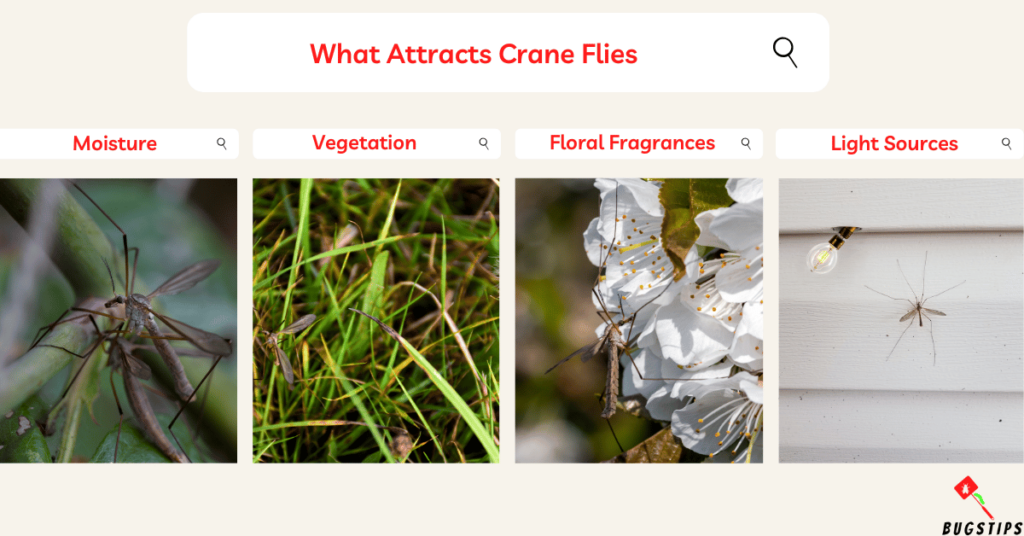
Moisture
- Mosquito eaters are drawn to moist environments.
- They are commonly found in areas with high humidity levels, such as wetlands, marshes, and near bodies of water like ponds or streams.
- The presence of moisture is a significant attractant for these insects.
Vegetation
- Mosquito eaters are often found in areas with lush vegetation.
- They are attracted to places abundant with foliage, including gardens, meadows, and grassy fields.
- Vegetation provides suitable habitats and food sources for both the larvae and adults.
Floral Fragrances
- The sweet and alluring scents emitted by flowers can attract mosquito eaters.
- These insects are known to visit flowers to gather nectar, which serves as their primary source of nutrition.
- The enticing fragrances act as a magnet, drawing them towards blooming flowers.
Artificial Light Sources
- Similar to many other flying insects, mosquito eaters can be attracted to artificial light sources during the night.
- Outdoor lights, such as streetlights or porch lights, can inadvertently attract them.
- It’s not uncommon to spot these insects near light fixtures in the evening.
Decaying Organic Matter
- Mosquito eaters, particularly larvae or leatherjackets, are attracted to decaying organic matter.
- This includes decomposing leaves, rotting plant material, and even certain types of compost.
- These areas provide ample food sources for the larvae and serve as ideal environments for them to thrive.
Are Mosquito Eaters Harmful to Humans or Pets?
Mosquito eaters are harmless to both humans and pets. Despite their name and some similarities to mosquitoes, they do not pose any significant threats.
They Do Not Bite
- Unlike mosquitoes, mosquito eaters do not exhibit biting behavior.
- They do not have the mouthparts necessary to pierce the skin and feed on blood.
- Mosquito eaters primarily feed on nectar and other plant-based food sources during their adult stage, focusing on reproduction rather than seeking blood meals.
They Do Not Transmit Disease
- Mosquitoes are notorious for transmitting diseases such as malaria, dengue fever, and Zika virus.
- However, mosquito eaters do not play a role in disease transmission.
- They are not vectors for any known human or animal diseases.
- Therefore, they pose no health risks in terms of disease transmission.
They Don’t Have Harmful Venom or Toxins
- Mosquito eaters do not possess any venom or toxins that could harm humans or pets.
- They rely on their long legs for mobility and are not equipped with any defensive mechanisms that could cause harm.
- Their main purpose is to complete their life cycle and contribute to the ecosystem through their ecological functions.
You May Also Like – Little Black Bugs in My Car | Expert Removal Guide
While mosquito eaters may occasionally be seen as a nuisance due to their presence, it's important to remember that they are harmless insects that do not pose any direct risks to humans or pets.
Are Mosquito Eaters Good to Have Around?
Mosquito eaters play a significant role in the ecosystem and offer several benefits. However, it’s important to consider both the pros and cons when assessing their presence.
Pros
- Pollination
- Mosquito eaters help in pollinating plants as they visit flowers to gather nectar.
- While they may not be as efficient as bees or other dedicated pollinators, their contribution to pollination should not be overlooked.
- Food Source
- Mosquito eaters serve as a vital food source for other insects, birds, and amphibians.
- Their presence in the ecosystem helps sustain the populations of these creatures, creating a balanced and thriving natural environment.
- Angler Attraction
- Fish find mosquito eaters irresistible as a food source, making them a popular choice for anglers.
- Anglers often use artificial flies resembling mosquito eaters to attract fish, indicating their importance in recreational activities.
- Nutrient Recycling
- Mosquito eaters, particularly their larvae or leatherjackets, aid in the decomposition of organic matter.
- By consuming decaying plant material, they contribute to nutrient recycling and soil health, benefiting the overall ecosystem.
Cons
- No Mosquito Control
- Despite their name, mosquito eaters do not eat adult mosquitoes.
- If you consider them as a potential pest controller, it’s essential to understand that they primarily feed on nectar and other plant-based food sources.
- Their presence does not directly contribute to mosquito control.
- Pest of Turfgrass
- Mosquito eater larvae, or leatherjackets, can become pests of turfgrass.
- They feed on grass roots, potentially causing damage to lawns or turf areas.
- In certain situations, their presence can be problematic for maintaining lush and healthy grass.
Mosquito eaters (crane flies) can be helpful to the environment and your garden. Although they don’t eat mosquitoes, they help with pollinating plants, provide food for other animals, and help with recycling nutrients.
If you don’t want them around, there are ways to control their population. Read our article on “How to Get Rid of Crane Flies | 10 Proven Methods” for more information on dealing with them.
Final Thoughts
So Mosquito eaters, also called crane flies, don’t actually eat mosquitoes, even though their name suggests otherwise.
But they are still important for the environment because they help with pollinating plants, provide food for other animals, and help recycle nutrients.
We hope this article has cleared up any confusion about mosquito eaters and answered your questions. Whether you like having them around or not, knowing their role can help you make informed choices.
FAQs
What do mosquito eaters eat?
Mosquito eaters primarily feed on nectar and other plant-based food sources.
Do mosquito eaters eat mosquitoes?
Contrary to their name, mosquito eaters, or crane flies, do not eat adult mosquitoes. They focus on consuming nectar and other plant-based food sources during their adult stage. However, they may occasionally eat mosquito larvae during their larval stage.
Do mosquito eaters bite?
No, mosquito eaters, or crane flies, do not bite. They lack the mouthparts necessary to pierce the skin and feed on blood. They are harmless to humans and pets.
Do mosquito eaters carry disease?
Mosquito eaters do not play a role in disease transmission. They are not known to carry or transmit any human or animal diseases. Therefore, they pose no health risks in terms of disease transmission.
Do mosquito eaters eat spiders?
Mosquito eaters do not primarily feed on spiders. Their diet consists of nectar and other plant-based food sources. They do not actively prey on spiders as a significant part of their diet.
Resources – (for further reading)
UC ANR – “Mosquito Eaters” and Mosquitoes
The University of Arizona – What’s Up With All the Crane Flies?
The Colorado State University – Crane flies – Agricultural Biology


